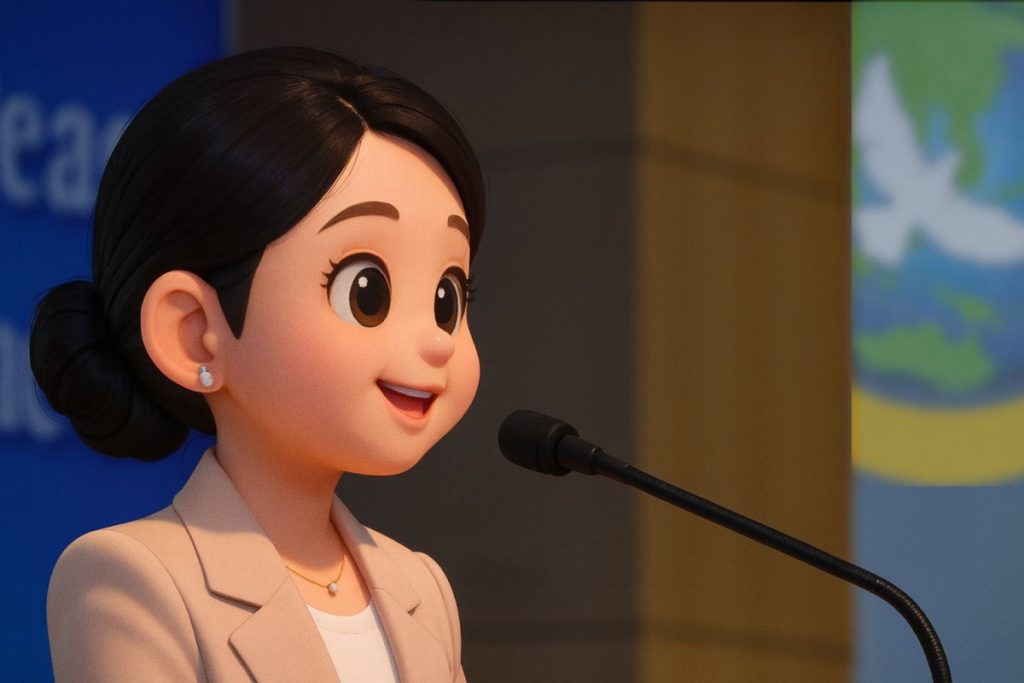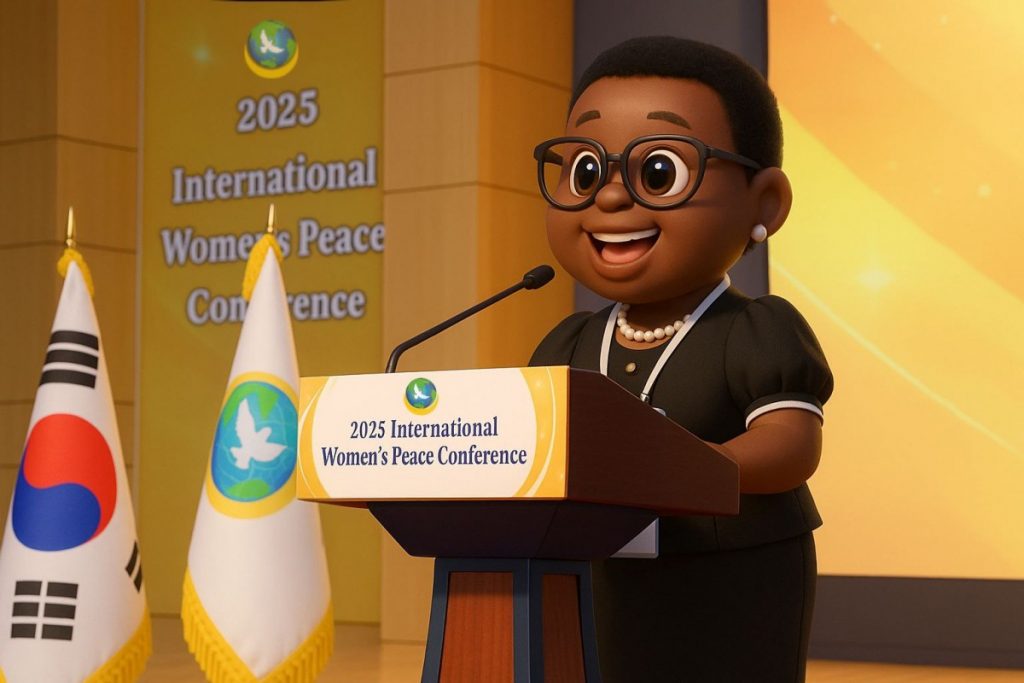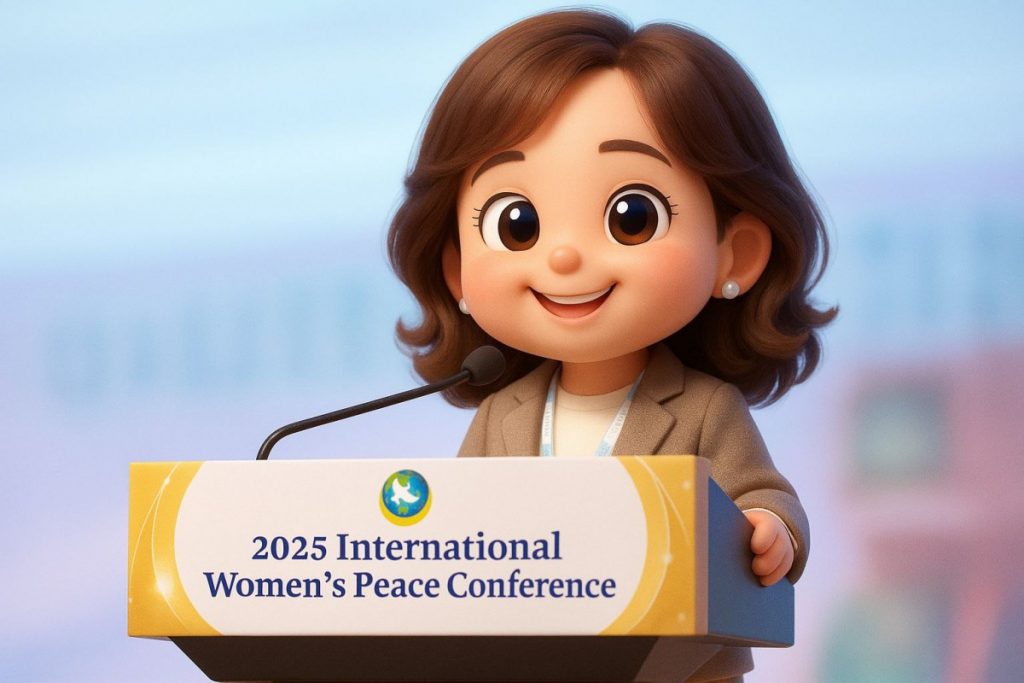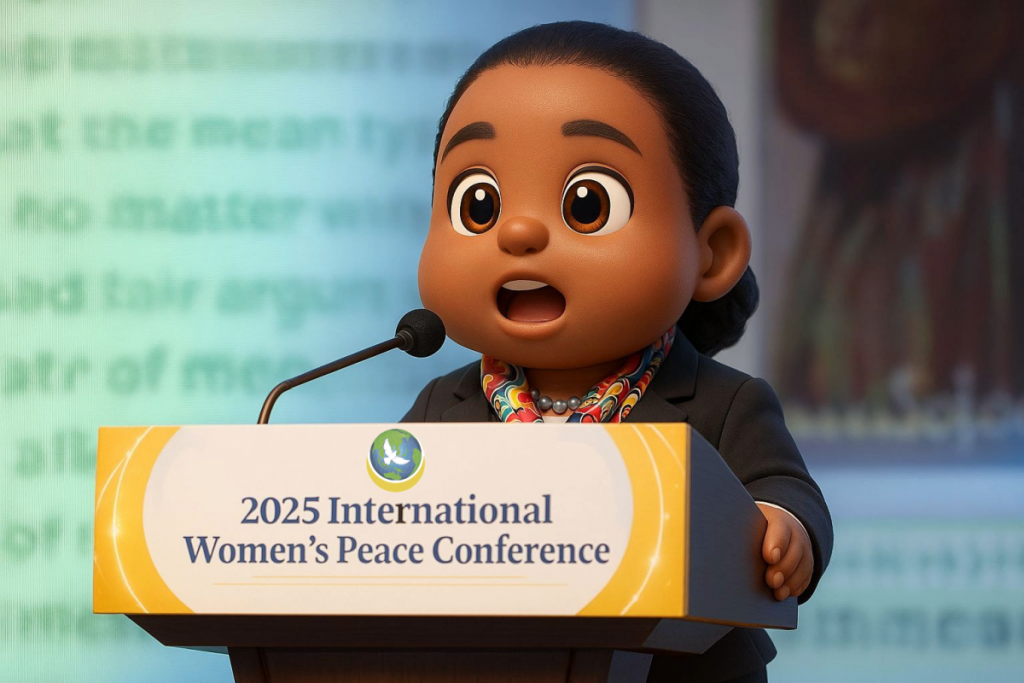📝 Summary
At the 11th Anniversary of the World Peace Summit, the 2025 International Women’s Peace Conference gathered 800 participants from 44 countries. Leaders stressed that women’s leadership—marked by justice, inclusion, and reconciliation—is the foundation for sustainable peace.
🔑 Key Highlights
- 44 nations represented, with 800 participants including ministers, first ladies, and peace leaders 🌍
- Theme: “Beyond Conflict: Women’s Peace Leadership for Hope and Recovery”
- Women from conflict zones shared stories of resilience and rebuilding 💡
- Strong emphasis on institutionalizing peace through the DPCW framework
- Education and women’s participation recognized as essential to lasting peace 🌱
🌍 Women at the Center of Peacebuilding
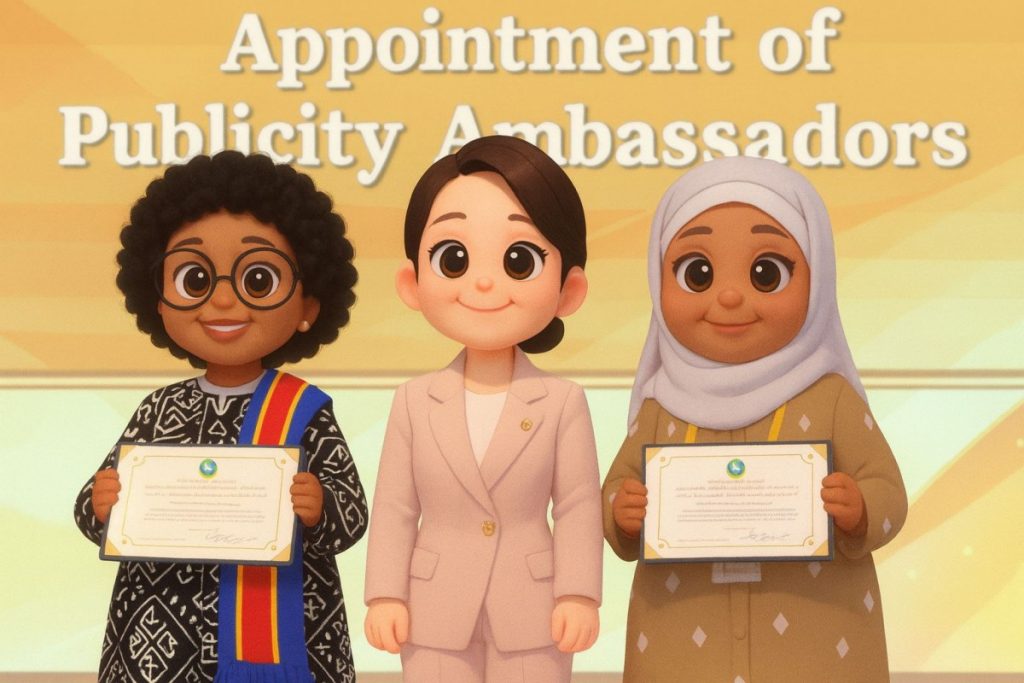
The 11th anniversary of the HWPL 918 World Peace Summit marked a milestone in recognizing women’s role in shaping global peace. Hosted by IWPG in Cheongju, Korea, the 2025 International Women’s Peace Conference brought together voices from around the globe. The gathering underscored that women are not only witnesses to conflict but are also critical peace architects. Their leadership, rooted in empathy and resilience, offers solutions that can mend fractured societies and lead toward reconciliation.
✨ Voices from Conflict Zones
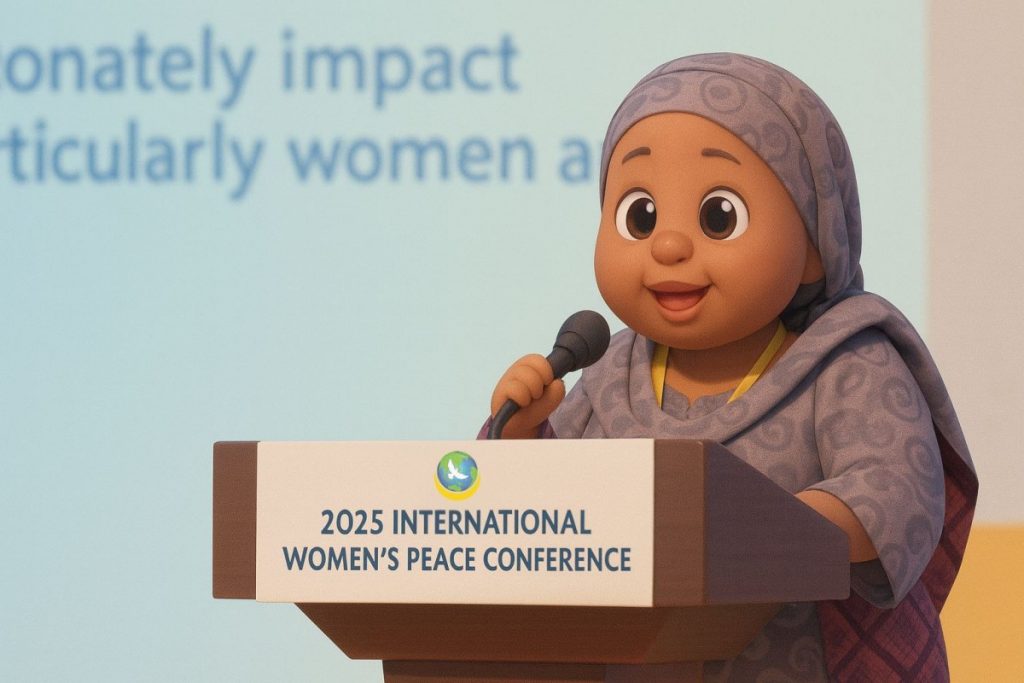
One of the most powerful aspects of the conference was the testimony of women leaders from regions scarred by war. Former ministers and lawmakers from Mali and Libya spoke candidly about their nations’ struggles. They stressed that peace cannot simply mean an end to fighting—it must also guarantee justice, dignity, and opportunity.
A Libyan representative noted that “peace requires courage and new leadership, and women are uniquely positioned to carry this role.” Similarly, a former minister from Mali described how women demonstrated extraordinary resilience in times of crisis. Through the “Peace Circle” program, over 3,500 women were trained as peace builders, proving that education and empowerment transform suffering into strength.
🎉 Women’s Leadership in Action
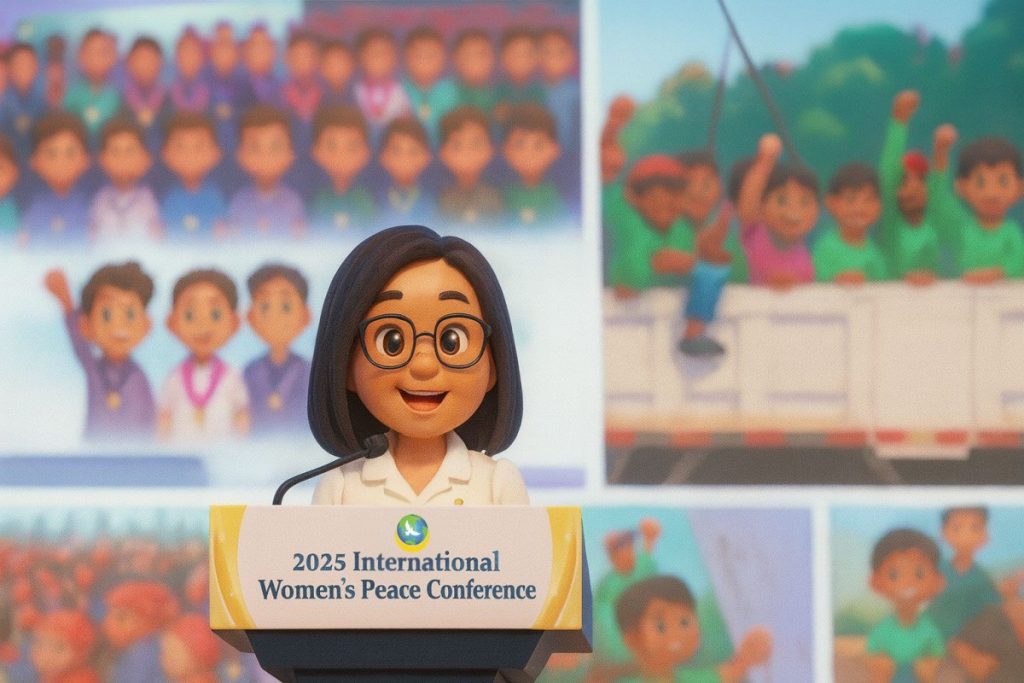
Beyond speeches, the conference highlighted real-world models where women’s leadership has brought tangible change. In the Philippines, women leaders helped shift Mindanao from decades of conflict into a foundation for peace. A deputy mayor explained that “peace does not end with an agreement—it begins there,” reminding participants that grassroots efforts sustain long-term stability.
In Mongolia, gender advisors connected peacebuilding with climate change, stressing that equality, environment, and peace are interconnected. Such insights revealed that when women take leadership roles, they link diverse issues—social, political, and environmental—into inclusive solutions. 🌱
💡 From Advocacy to Institutional Change
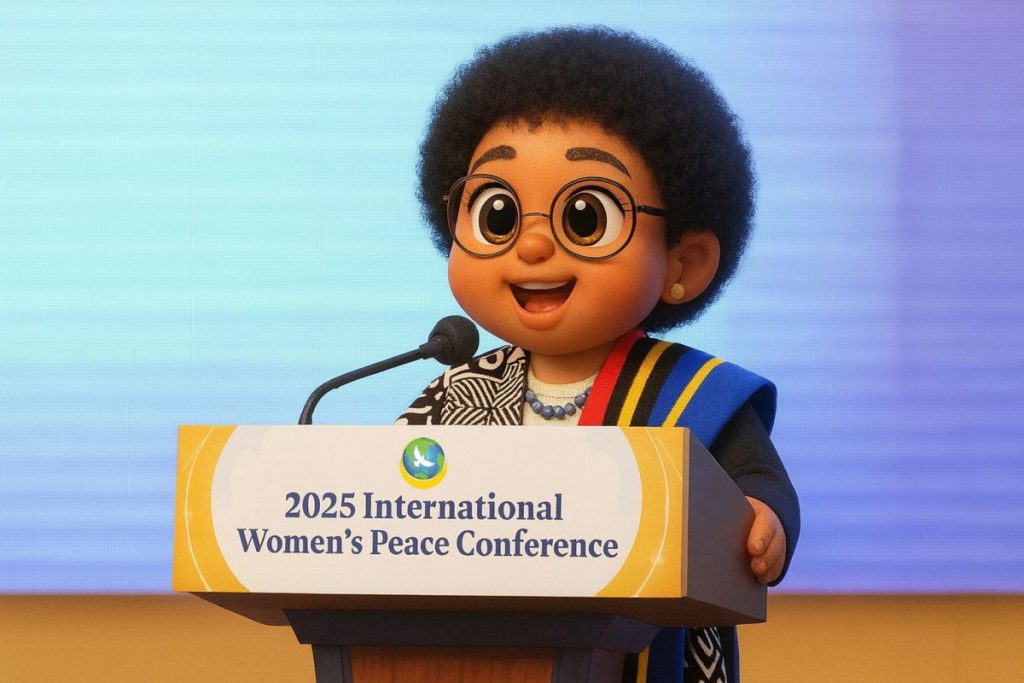
The discussions also focused on how to transform ideas into law. Delegates called for institutionalizing peace through the Declaration of Peace and Cessation of War (DPCW). This legal framework, if widely adopted, would ensure that peace efforts are protected by law and not left vulnerable to political shifts.
Leaders also highlighted education as a cornerstone. A South African representative emphasized that lasting peace requires sustainable education, especially for girls. Investment in women’s and girls’ education equips communities with negotiators, mediators, and leaders who can sustain peace across generations. Education, they argued, is not just learning—it is a safeguard for humanity’s future. ⭐
🌟 A Unified Call for Global Peace
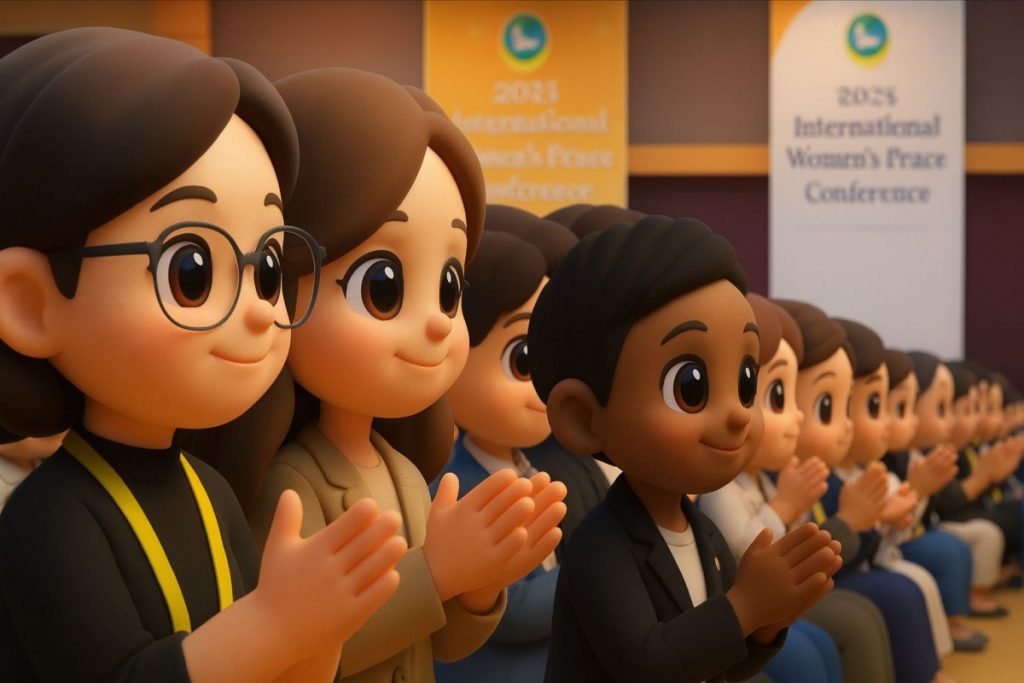
As the sessions closed, participants shared a unified conviction: women’s leadership is not optional, but essential. Whether through legislation, grassroots action, or education, women bring perspectives that foster justice, inclusion, and reconciliation.
The conference also reminded attendees that peace is a collective responsibility. When women stand together, peace becomes resilient; when they lead, societies become stronger; and when they are given equal space, humanity moves closer to a future where war no longer defines our world. ❤️
The event was not just a celebration but a pledge—a commitment to continue building a global community where peace is institutionalized, sustainable, and inclusive of all.
